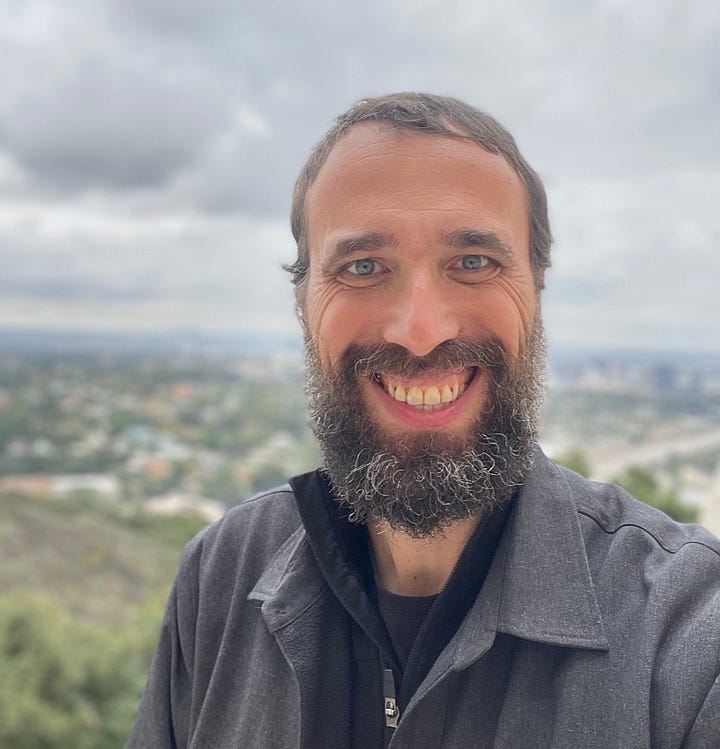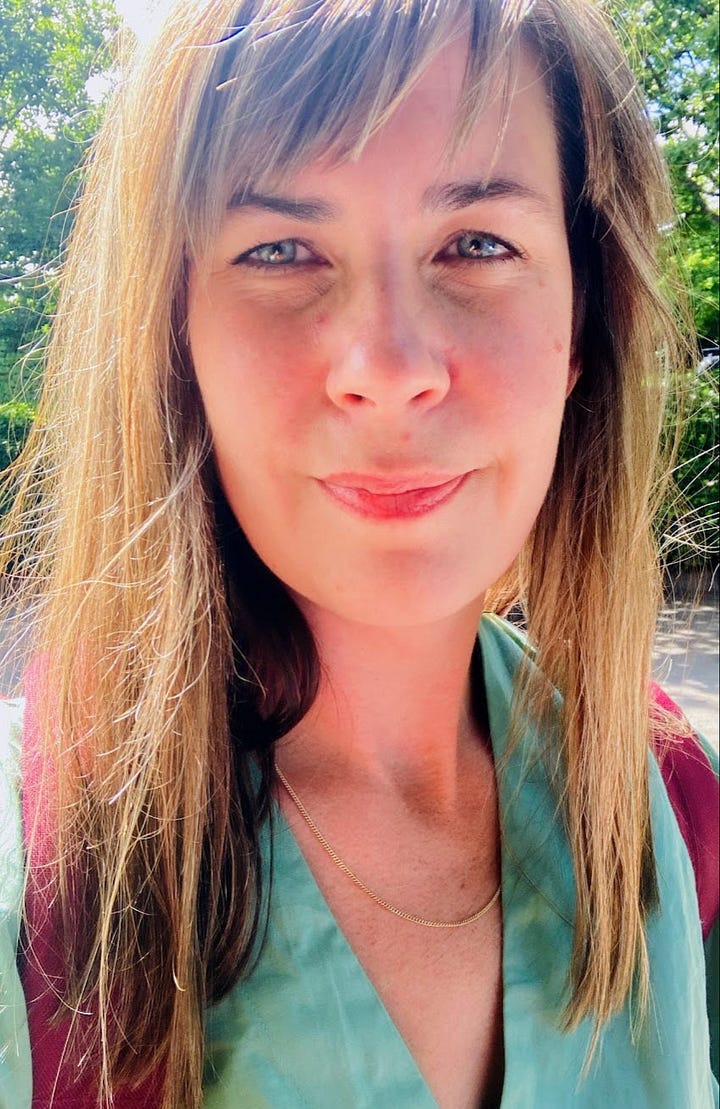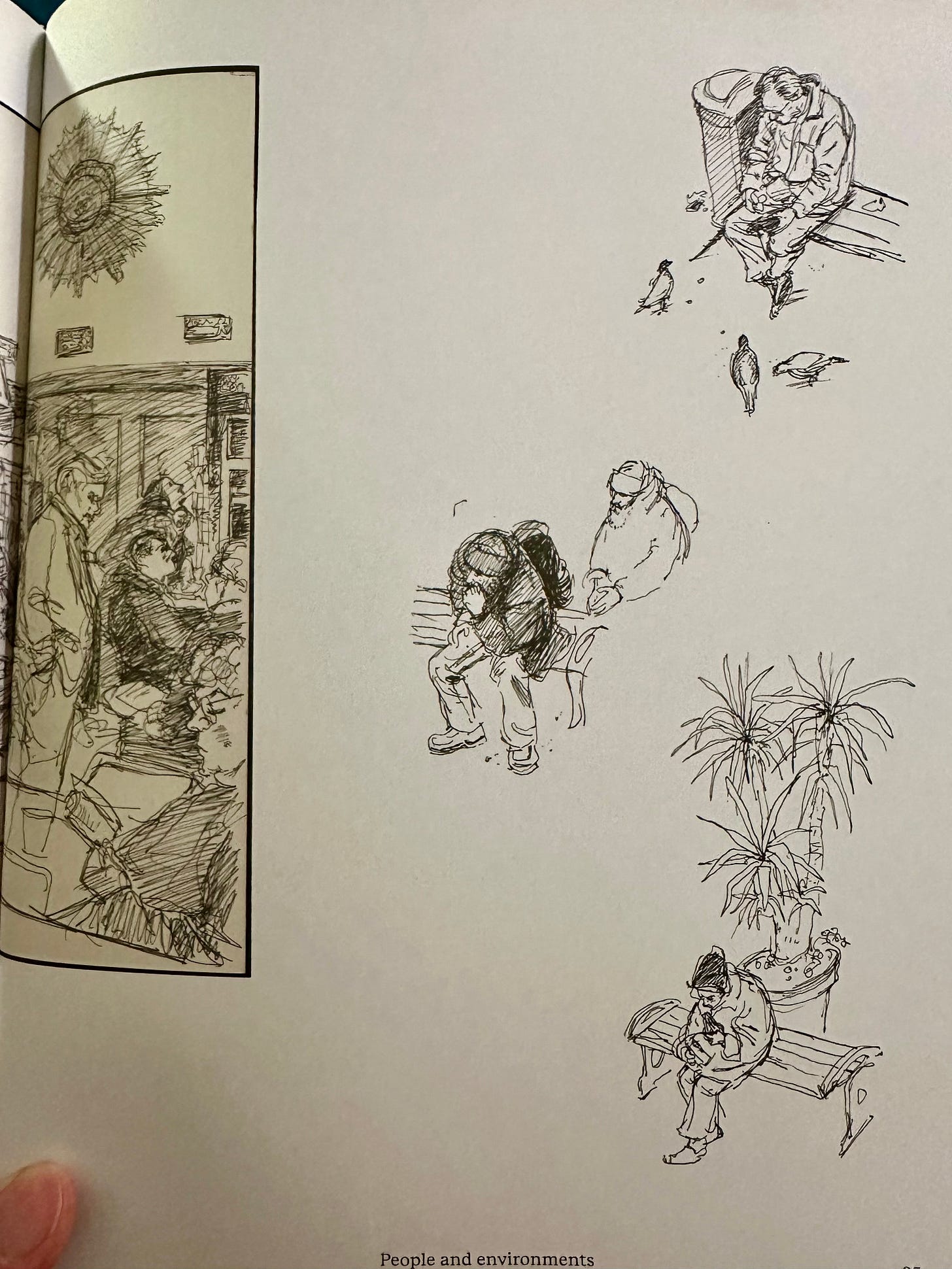Some Success: The View from Mount Stupid
Navigating the Peaks and Pitfalls of Creative Confidence
👋 Hey, Adam here! Welcome to Ten Minute Artist.
In these weekly emails, I deliver bite-sized, actionable insights to help creative professionals grow and connect with community. (Scroll all the way down for this week’s sketchbook project)
If you're not a subscriber, here's what you missed recently:
Subscribe to get access to these posts, and every post.
For more: Illustration Career Growth, Workshops and Roundtables, Chat, Daily Blog and Sketchbook Prompts
Today, we're tackling a sneaky little phenomenon that affects us all at some point in our creative journeys: the Dunning-Kruger effect, or what I like to call "The View from Mount Stupid."
What's the Dunning-Kruger Effect?
Simply put, it's when we overestimate our abilities in areas where we're actually novices. Picture this: you learn a new skill, and suddenly you feel like you've mastered the universe. Sound familiar? Congratulations, you've reached the peak of Mount Stupid!
But here's the kicker - this overconfidence often comes when we know just enough to feel competent, but not enough to realize how much we don't know.
My Mount Stupid Moment
I'll let you in on a secret.
After landing my first few book illustration deals, I thought I had it all figured out. I was on top of the world, ready to conquer the entire publishing industry! Little did I know, I was just at the beginning of a much longer journey.
How do I keep up with work when client delays are causing schedule congestions? How do I make time to build up my portfolio, promote work and write when I’m working on real projects? Which projects and opportunities do I say yes and no to?
Am I getting sage advice or should I stick with what I know? Suddenly it’s all more complicated then I had imagined!
The Danger of the View
The view from Mount Stupid can be intoxicating, but it's also dangerous. Here's why:
It can lead to missed opportunities for growth.
It might cause us to dismiss valuable feedback.
It can damage professional relationships if we come across as know-it-alls.
The Balance: Confidence vs. Humility
Now, this doesn't mean we should doubt ourselves at every turn. Confidence is crucial in the creative world - it's what helped me land 11 book deals in 18 months!
It helped me deliver one of them in 5 weeks! (Rush Job)
When on the job, I find it best to assume mastery, after all you can only perform at the level of your limitations.
The key is balancing that confidence with humility and a willingness to grow.
Now that we understand the Dunning-Kruger effect, let's shift our perspective:
Old Frame: "I've learned so much. I must be an expert now!"
New Frame: "I've learned enough to realize how much more there is to discover. How exciting!"
This shift in thinking can be a game-changer in our creative journeys. It allows us to maintain our enthusiasm while staying open to growth and new
Action Steps: Climbing Down and Moving Forward
With this new frame in mind, here are some concrete steps you can take:
1. Practice the Beginner's Mind: Approach each project with curiosity, no matter how experienced you feel.
2. Seek Diverse Feedback: Regularly ask for critiques from peers, mentors, and clients outside your usual circle. You can get that from this community in the Chat.
3. Set Learning Goals: Alongside your professional goals, set specific learning objectives for each month or quarter.
4. Celebrate and Reflect: After each success, take time to appreciate your growth and identify new areas for improvement.
5. Join a Community: Engage with fellow creatives at different stages in their journeys. Their perspectives can help ground and inspire you.
I remind myself that very expert was once a beginner, and the most successful creatives are those who never stop learning. So let's embrace the climb, enjoy the view when we reach a peak, but also always be ready to climb down before scaling a higher peak.
Have you had a "Mount Stupid" moment in your creative journey?
How did you recognize it, and what did you learn? Share your stories in the comments - let's learn from each other!
Keep creating, keep learning, and I'll see you at the next summit!
Adam
P.S. If you found this helpful, share it with a creative friend who might be enjoying the view from Mount Stupid. We all need a gentle nudge sometimes!
Speaking of Summit, have you heard of the ,
(bestselling Author) and (Substack Expert) have teamed up to host some amazing speakers the explore the themes of publishing and utilising substack to grow a loyal readership audience, and it’s free.

Turn on you beginner’s mind, slide down Mt. Stupid, and click this link to sign up. (I’m not affiliated to the summit in any way I’m just an admirer of Russell’s and Claire’s good work)
And finally here’s this week’s
Drawing project: Draw from above
Create a series of quick sketches of people viewed from above. 1
This exercise will sharpen your observational skills and challenge your perspective drawing.
1. Find or imagine a high vantage point overlooking a busy area. This could be from a balcony, bridge, or tall building. Drawing from this unusual angle helps break preconceptions about how people look and move.
2. Focus on capturing the top-down view of figures. Pay attention to:
How heads and shoulders appear larger than feet
The foreshortening of bodies
How limbs may be partially or fully obscured by the body
3. Use simple shapes to quickly indicate each person. This bird's-eye view naturally lends itself to seeing people as abstract forms, improving your ability to simplify complex shapes.
4. Notice how people's movements create patterns in the space. This perspective offers unique insights into crowd dynamics and flow, useful for composition in larger scenes.
5. Try to convey a sense of depth. Show nearer figures as larger and more detailed, with farther ones smaller and less defined. This practice enhances your skill in creating spatial relationships on a 2D surface.
This exercise pushes you out of the comfort zone of eye-level drawing, expanding your repertoire of perspectives. It also trains you to observe and capture the essence of human movement and interaction from an angle where facial expressions are less prominent, forcing a focus on body language and spatial relationships.
I often get uncomfortable drawing people in public when they know what I’m doing, I have no idea how
does it, but for now I’m going to resort to drawing from above.Thank you for Reading!








Thanks buddy. Also an admirer of yours. A mutual admiration type thing.